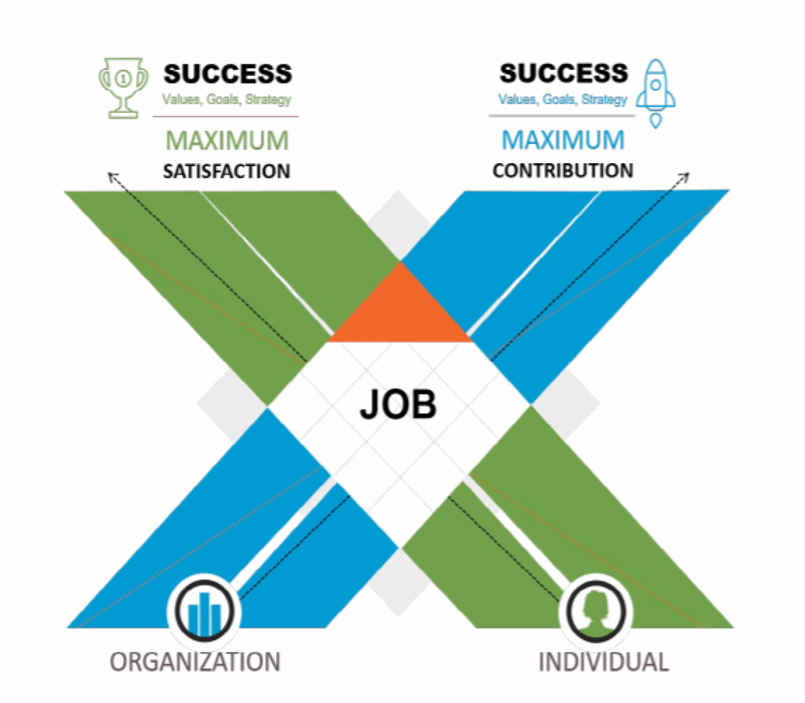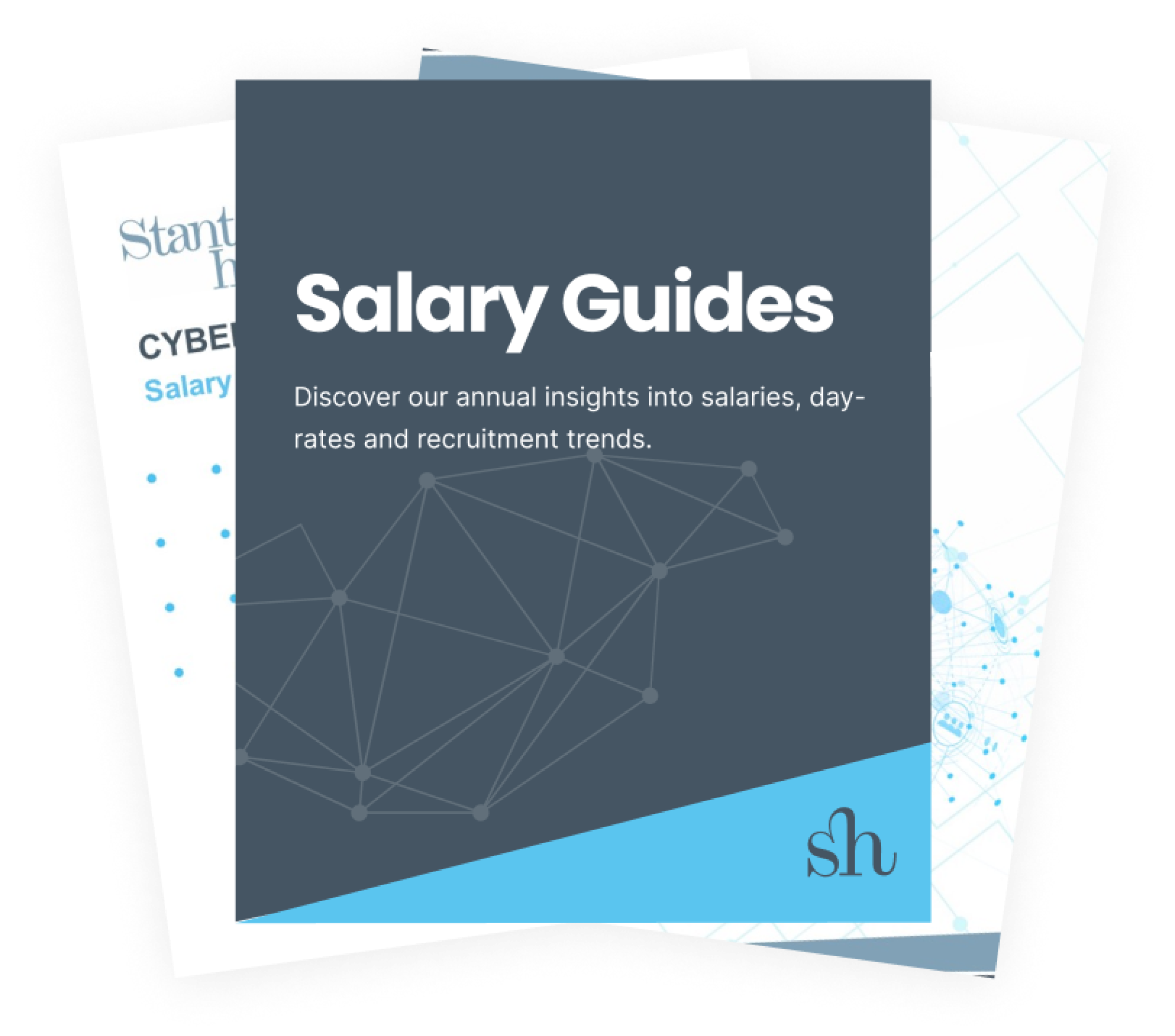

Organisation Design & Development Mistakes to Avoid
In my last blog I shared how the HR function is continually being challenged to design and deliver new organisational structures to ensure operational efficiency and effectiveness in the ‘new norm’. If you want your business to thrive in this new era - you’ll need to change your organisational design and evolve your talent development strategy. But what are the mistakes to avoid? Here are some ‘process’ and ‘people’ mistakes to watch out for…
Design/process mistakes
1. Embarking on Organisation Design (or redesign) without strategic clarity - Without strategic clarity, the process of designing new operating models and developing the right people capabilities, cannot even begin.
2. An endemic attitude that the organisation is fully future proofed - If business leaders do not even contemplate change - then an organisation’s people, systems and processes do not develop or advance and are left to stagnate. Overtime, this endemic attitude will erode your ability to compete.
3. The strategy changes but the structure does not - In this scenario, business leaders are not making the connection that organisation redesign is required to efficiently and effectively execute the new strategy.
4. Not enough time is spent on modelling & testing different structures - Often, not enough quality time is spent with executives to test out and play through the behavioural and cultural dimensions of different restructure scenarios. This is a vitally important step which must not be rushed. If you can agree on a set of core design principles everything else falls into place so it is worth spending time on.
5. Processes are not sufficiently scrutinised - Processes should be deconstructed and scrutinised to understand where they hand off into other departments and where behaviours exist which enable or derail these processes. If you don’t thoroughly decompose processes and look at them through a customer centric lens you won’t understand where design flaws exist.
6. Functions focused on effectiveness report to those focused on efficiency - Always avoid having functions focused on effectiveness reporting to functions focused on efficiency. If you do, your organisation’s processes and systems will be so tightly controlled that you will diminish your ability to adapt to change and overtime you will lose your effectiveness.
7. Functions focused on long-term strategy report to those focused on short-term results - The demands of today always overpower the needs of tomorrow. That’s why you never want to have functions that are focused on long-term strategy reporting to functions focused on driving daily results. If you do, you will lose the ability to develop products, brand and strategy over the long-term.
8. Moving people into different roles without addressing problems - Using external impacts as an opportunity to move people into different roles without having the hard conversations about, say, poor performance is a big mistake. This is like “moving the deckchairs on the Titanic” – the ship will always sink in the end!
9. Design does not address power structures - Organisation design (or redesign) is more than just aligning/realigning reporting lines. Often ‘new’ structures fail to ensure that there is clarity, authority, and accountability around each business unit. Ask yourself, is your ‘new’ structure really just the old one with a few additions? Do employees still have to deal with pre-existing bureaucracy?
10. Mistaking consulting others for decision-making - The old story describes how a committee came together to design a horse and because no one person took accountability for decision-making, everyone had a view that had to be included. Result: a camel! To avoid decision making by committee your new structures must empower the right people to make decisions.
11. Reward is forgotten about - Reward structures (financial and non-financial) should be considered as part of any new design. Reward packages across different business units must not inadvertently limit the development of individuals or stunt the growth of ‘leaders in waiting’. Ask yourself, do your rewards drive the right behaviors and encourage individual contribution for the success of the organisation as a whole? For example, do you have KPIs which link to reward and are based on more than just financial targets i.e. customer retention?
Development/people mistakes
1. Forgetting to take people on the change journey - New organisational design is implemented by command and control forgetting to engage and involve. This means any change you introduce is less likely to be understood and is therefore less likely to embed or ‘stick’.
2. Leaders talk too much to the company goals point and not enough to the people point - To ensure maximum contribution from the workforce, leaders have the complex but essential job of communicating the company purpose and vision with clarity - so that each individual understands how they can contribute with meaning. When individuals know how to contribute in the service of the organisation, they can link their personal aspirations for growth and fulfilment to the company goals - resulting in maximum employee engagement, satisfaction and contribution. You should be aiming for the ‘apex’ as demonstrated by the BlessingWhite X-Model of engagement:
3. Complacency about the workforce / team - Assuming people are the constant due to market/economic/pandemic volatility is a huge mistake - ambitious people will move if they don’t feel valued. Great people are always great people and great businesses will create opportunities for them. As such, your retention strategy should remain a high priority.
4. A lack of focus on culture - Don’t forget the words of the legendary management consultant and writer Peter Drucker, ‘Culture eats strategy for breakfast’. He asserts that although strategy is important – you should focus on building an empowering culture as it is the surest route to organisational success.
5. Focusing too much on teams rather than individuals - Having too much of a focus on team performance can mean that individuals are often overlooked and do not develop to their full potential. Don’t apply a ‘one size fits all’ approach when it comes to talent management.
6. Teams put together with little consideration for what makes a team effective - Remember that effective teams have a blend of strengths and profiles. For example, an entire team of extroverts who are the ‘ideas’ people, will never embed a change or realise strategy without the support from the more detail oriented ‘completer-finishers’.
7. Having the wrong people in the right functions - Your structure is only as good as the people operating within it and how well they’re matched to their jobs. Placing people in misaligned roles is always a recipe for failure. If you don’t align the competencies and natural behaviours of an individual to the requirements of a specific job - they simply won’t perform.
If your organisation is making any of these blunders it is a sure sign that your ‘new’ structure will only have a negative impact on performance.
Contact us
We would love to hear from leaders on how you are redesigning your organisation to operate effectively in this new era of work. If you need help finding exceptional HR professionals with experience of delivering OD&D transformation, please get in touch.
Equally, if you are a permanent or interim OD&D professional, we are here to support your job search.
Download our Organisation Design & Development Insight Paper
Download our full insight paper to learn:
- How HR's priorities have shifted and been impacted by the Pandemic
- How businesses have been forced to rethink their strategy and operating model
- How OD&D expertise has been propelled to the fore
- What OD&D specialists can help with
- What the signs are that your organisational structure may not be fit for purpose
- The People and Process mistakes to avoid when it comes to restructure


















